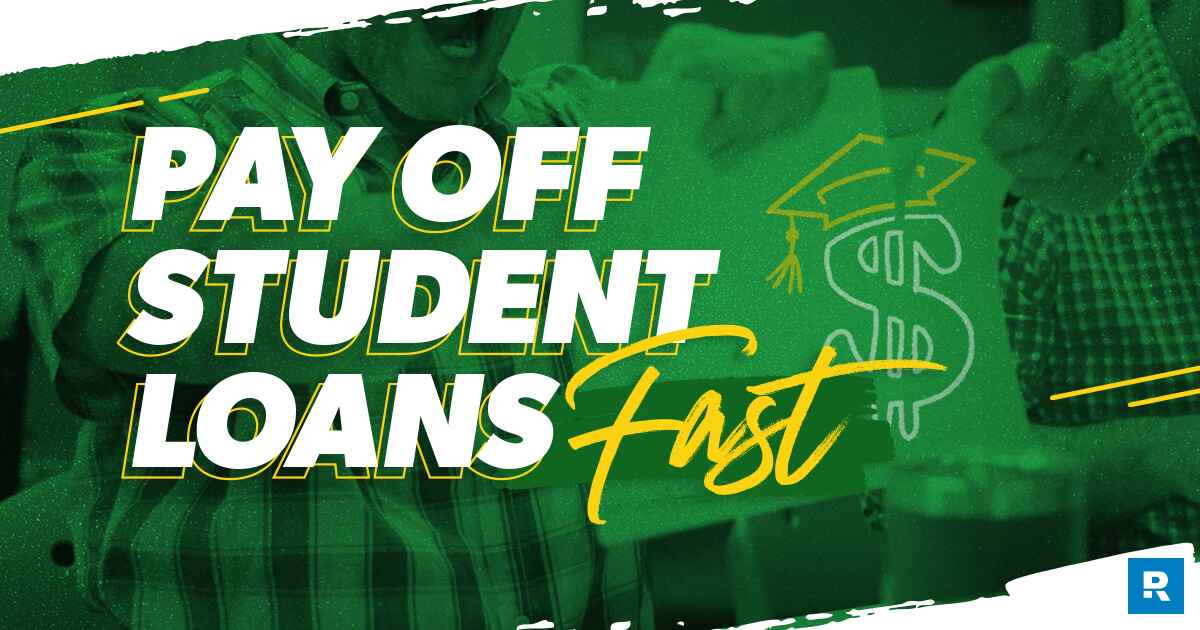Where Do You Pay Student Loans: A Comprehensive Guide to Student Loan Repayment
Guide or Summary:Student Loan RepaymentUnderstanding Student Loan RepaymentWhere Do You Pay Student Loans?Managing Student Loan RepaymentStrategies to Minim……
Guide or Summary:
- Student Loan Repayment
- Understanding Student Loan Repayment
- Where Do You Pay Student Loans?
- Managing Student Loan Repayment
- Strategies to Minimize Student Debt
Student Loan Repayment
Student loans are an essential part of financing education, allowing students to pursue their academic and career goals without the immediate financial burden. However, after graduation, the repayment of these loans becomes a significant responsibility. This guide delves into the intricacies of student loan repayment, addressing common questions such as where do you pay student loans, how to manage repayment, and strategies to minimize debt.
Understanding Student Loan Repayment
Before discussing where to pay student loans, it is crucial to understand the various repayment options available. Federal and private student loans differ in terms of repayment plans, interest rates, and forgiveness programs. Federal loans offer income-driven repayment plans, which adjust monthly payments based on income and family size, providing flexibility for borrowers struggling with repayment. Private loans, on the other hand, typically have fixed interest rates and repayment terms that vary by lender.

Where Do You Pay Student Loans?
The question of where to pay student loans is often a source of confusion for new borrowers. Generally, student loan payments are made directly to the federal or private loan servicer. Federal loans are serviced by several government contractors, including Great Lakes, Navient, and Federal Student Aid. Private loans are serviced by the lender that issued the loan.
To make a payment, borrowers can use the online servicer portal, mail in a check, or enroll in automatic payments through direct deposit or bank account debit. It is essential to keep a record of all payments and correspondence with the servicer to ensure timely and accurate repayment.
Managing Student Loan Repayment
Effective loan repayment management involves understanding the terms of your loans and utilizing available resources to minimize debt. Income-driven repayment plans, as mentioned earlier, can be an excellent option for borrowers with limited income. Additionally, refinancing student loans can provide lower interest rates and more manageable repayment terms.

Borrowers should also stay informed about loan forgiveness programs, such as Public Service Loan Forgiveness (PSLF), which can forgive remaining loan balances after making 120 qualifying payments while working in public service. Other forgiveness programs are available for teachers, military service members, and those in certain fields.
Strategies to Minimize Student Debt
Minimizing student debt requires a proactive approach to loan repayment and financial planning. One strategy is to pay more than the minimum monthly payment, which can significantly reduce the total amount of interest paid over the life of the loan. Another strategy is to avoid unnecessary expenses and prioritize savings to build an emergency fund, which can help mitigate financial stress during repayment.
Borrowers should also consider the cost of their education and the potential return on investment in their chosen field. While higher education is often a valuable investment, it is essential to weigh the costs against future earnings and career prospects.

Student loan repayment can be a daunting task, but with the right knowledge and strategies, it is possible to manage debt effectively. Understanding where to pay student loans, utilizing repayment plans and forgiveness programs, and minimizing debt through proactive financial planning are all essential steps in the journey toward financial freedom. By taking a proactive approach to student loan repayment, borrowers can achieve their educational and career goals while maintaining financial stability.